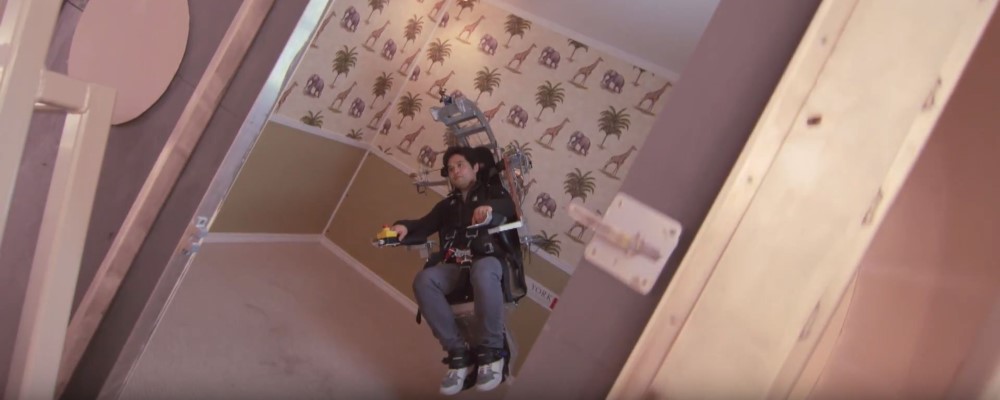
Read the latest update in YFile.
Our vestibular system helps us self-orient relative to gravity. But what can astronauts, living in the absence of gravity, teach us about our spaces?
How do we know which way is up? Are things always exactly as far away as they seem? How do people orient themselves in time and space?
These are all questions about human perception that neuroscientist Laurence Harris asks through an interesting lens: how do astronauts self-orient in outer space, in the absence of gravity?
Harris is a professor of psychology, kinesiology, health sciences, and biology at York University’s Vision: Science to Applications (VISTA) program. From knowing which way is up, to navigating from A to B, Harris spends a lot of time thinking about how our senses work to help us self-orient and perceive our own motion through space correctly.

